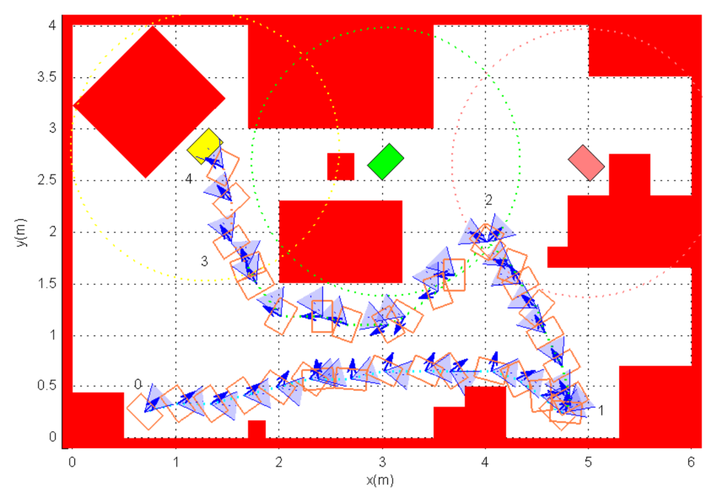
Abstract
In enormous and complicated robotic applications, the key issue in the field of robot motion planning is to endow the robot with the ability of adapting to various tasks. Although traditional task-space and configuration-space-based motion planning methods have been successfully applied to many practical applications, few of them can be used to handle the situation when the planning algorithms fail to find a feasible path, especially with strict and complicated requirements. In this paper, a representation-space-based hierarchical motion planning method is proposed. Taking the advantage in increasing the number of dimensions of the representation space, the motion planning task can be modeled with much more flexibility. On the other hand, through the interaction between the task level and motion level, the iteratively generated trajectory will satisfy higher and richer task requirements. Performance of motion planning tasks on humanoid robots and multi-robot systems prove the effectiveness of the proposed method.